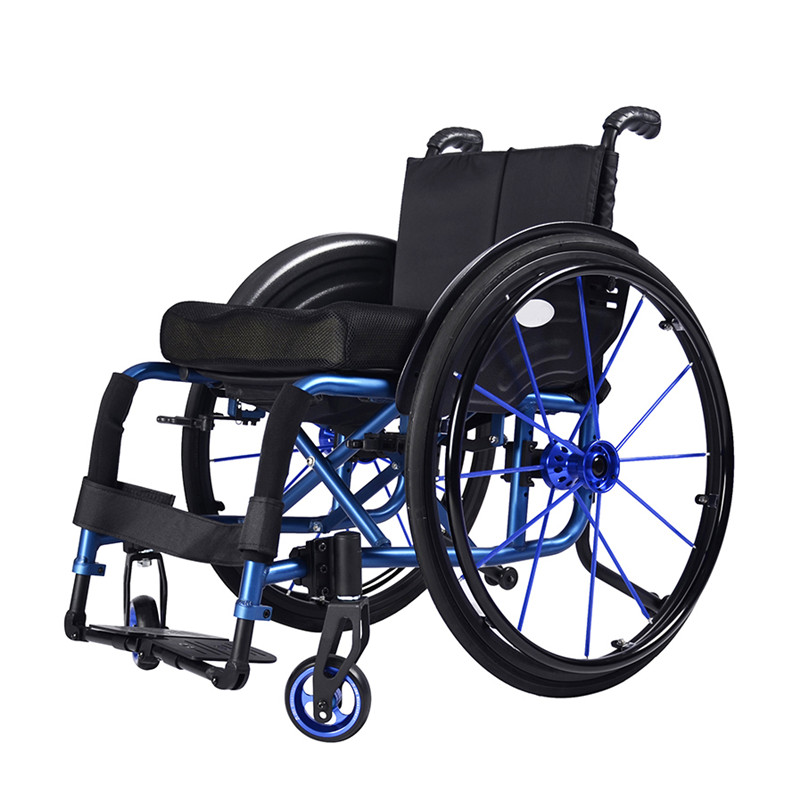Workplace accessibility is a critical aspect of ensuring equal opportunities for individuals using manual wheelchairs. Employers, employees, and policymakers play a significant role in creating inclusive work environments that accommodate diverse mobility needs:
- Accessible Infrastructure: Employers should ensure that workplaces have ramps, elevators, widened doorways, and accessible restrooms to accommodate manual wheelchairs.
- Workstation Adaptations: Customize workstations to suit the ergonomic needs of wheelchair users. Adjustable desks, chairs, and computer setups are essential.
- Parking and Pathways: Designate accessible parking spaces close to entrances and maintain clear pathways free of obstacles for easy navigation.
- Inclusive Policies: Develop inclusive workplace policies that address the needs of employees with mobility challenges, including flexible work arrangements.
- Training and Sensitization: Conduct training sessions to sensitize employees about disability etiquette, creating a respectful and inclusive work culture.
- Emergency Evacuation Plans: Establish clear evacuation plans that consider the safe evacuation of wheelchair users during emergencies.
- Collaborative Spaces: Design collaborative spaces that are wheelchair-friendly, encouraging interaction and communication among all employees.
- Digital Accessibility: Ensure that digital tools, software, and communication platforms are accessible to employees using assistive technology.
- Feedback Mechanisms: Encourage open communication between employees and employers to address accessibility concerns and make necessary improvements.
- Advocacy and Awareness: Wheelchair users can advocate for workplace accessibility by sharing their experiences and collaborating with disability organizations.
Creating an inclusive and accessible workplace for manual wheelchair users is a collective effort that promotes diversity, empowers employees, and fosters a supportive and productive work environment.














